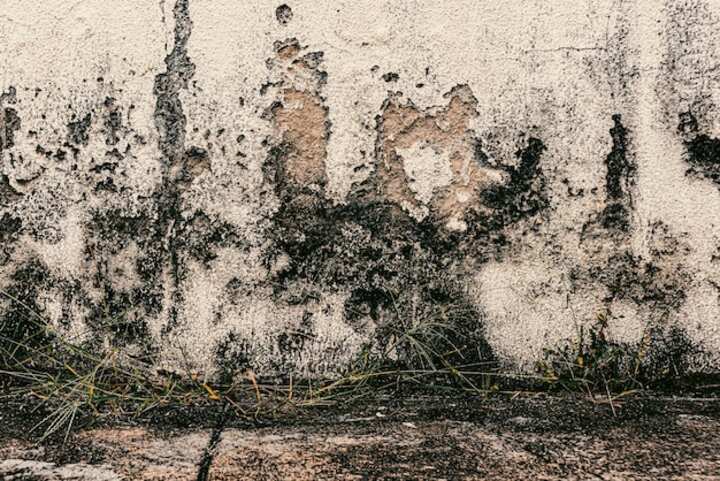
Expert Mold Remediation Near Me Your Trusted Solution
Mold growth in homes and commercial properties poses significant health risks and structural concerns. Identifying and addressing mold issues promptly is crucial to maintain a safe environment and prevent further damage. When faced with mold problems, seeking professional help becomes imperative. This article explores essential aspects of expert mold remediation services and why they are vital for effective mold management.
Understanding Mold Remediation
Mold remediation is a comprehensive process aimed at removing and preventing mold growth. It involves identifying the source of moisture, containing the affected area, removing mold-contaminated materials, and cleaning and sanitizing the environment. Professional mold remediation services ensure that the problem is addressed thoroughly, minimizing the risk of recurrence. Learn more in this detailed guide.
The Importance of Professional Mold Remediation
Health and Safety
Mold exposure can lead to respiratory issues, allergic reactions, and other health complications. Professionals use specialized equipment and protective gear to safely remove mold, reducing health risks for occupants. Find additional information here.
Comprehensive Assessment
Experts conduct thorough inspections to identify the extent of mold growth and its underlying causes. They develop a tailored remediation plan to address specific issues effectively, ensuring long-term solutions.
Advanced Techniques and Equipment
Professional remediation services utilize advanced techniques and equipment for efficient mold removal. This includes HEPA filtration, air scrubbers, and antimicrobial treatments, ensuring a comprehensive clean-up.
Steps in the Mold Remediation Process
1. Inspection and Assessment
A detailed inspection identifies the type and extent of mold growth. Professionals assess moisture levels and structural damage, laying the groundwork for an effective remediation plan. Explore further insights here.
2. Containment
Containment measures prevent mold spores from spreading to unaffected areas. This involves setting up physical barriers and utilizing negative air pressure systems.
3. Mold Removal
The remediation team removes contaminated materials and cleans surfaces with specialized agents. This step includes disposal of mold-infested items in compliance with environmental regulations. Read more about this topic.
4. Cleaning and Sanitizing
Cleaning and sanitizing the area involves using industrial-grade cleaners and sanitizers to eliminate residual mold spores. Air filtration systems purify the air, ensuring a safe environment.
5. Restoration
The final step involves restoring the affected area to its pre-damage condition. This may include minor repairs or major reconstruction, depending on the severity of the damage.
Choosing a Reliable Mold Remediation Service
To ensure effective mold remediation, selecting a reputable service provider is crucial. Consider the following factors when making your choice:
- Certification and Experience: Verify the credentials and experience of the remediation team.
- References and Reviews: Check client testimonials and reviews for insights into service quality.
- Comprehensive Services: Ensure the provider offers a full range of remediation services, from inspection to restoration.
- Insurance and Guarantees: Confirm that the company is insured and offers guarantees for their work.
- Transparent Pricing: Look for transparent pricing and a detailed estimate before commencing the project.
These considerations help in selecting a service that meets your specific needs effectively. Learn more in this detailed guide.